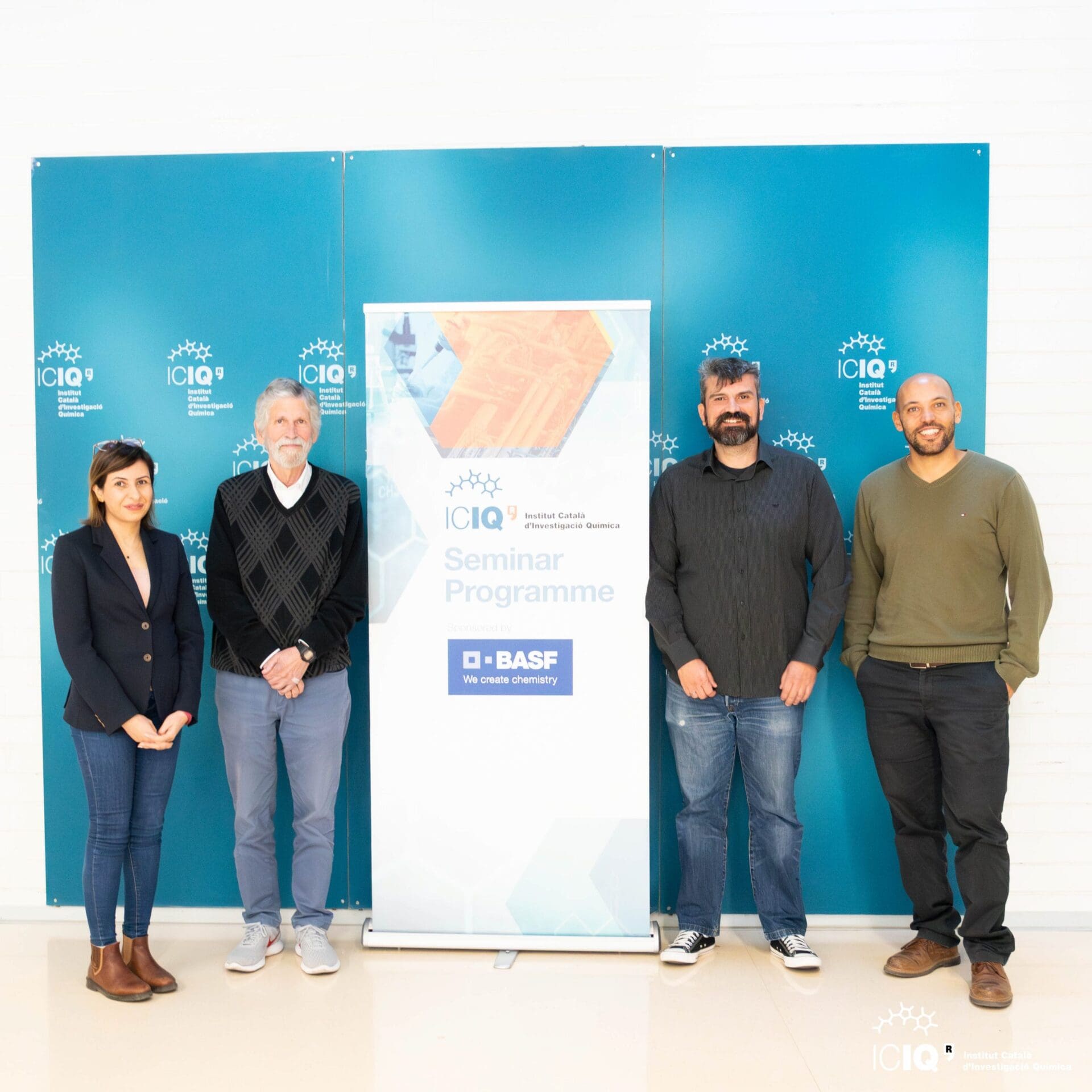
 23/02/2024
23/02/2024
 12:00
12:00
- Lecturer: Prof. Iván Mora-Seró
- University: Universitat Jaume I, Castelló, Spain
Sn-based Perovskites for Optoelectronic and Photocatalytic Applications
Halide perovskite solar cells have revolutionized in the last decade first the photovoltaic field and later other optoelectronic systems. In a decade of intensive research it has been a huge improvement in the performance of these devices, however, the two main drawbacks of this system, the use of hazardous Pb and the long term stability, still to be open questions that have not been fully addressed. The photoconversion performance of perovskite solar cells containing alternative metals to Pb is significantly lower than the reported for devices containing Pb, where Sn-based perovskite solar cells is the alternative reporting the highest photovoltaic performance among Pb-free perovskites. Nevertheless, Sn-based perovskite optoelectronic devices exhibit a long term stability lower than their Pb containing counterparts, making stability their main problem. In this talk, we highlight how the use of proper additives and light soaking for defect engineering can increase significantly the stability of formamidinium tin iodide (FASnI3) solar cells, and discuss about the different mechanism affecting this stability, beyond the oxidation of Sn2+, and how they can be countered through the use of proper additives. In addition effect of interfaces and devices up-scaling will be commented. This analysis will be extended to other optoelectronic devices as in Sn-based perovskite LEDs and lasers, as well to photocatalytic applications.
Other events

Let's create a brighter future
Join our team to work with renowned researchers, tackle groundbreaking
projects and contribute to meaningful scientific advancements



















